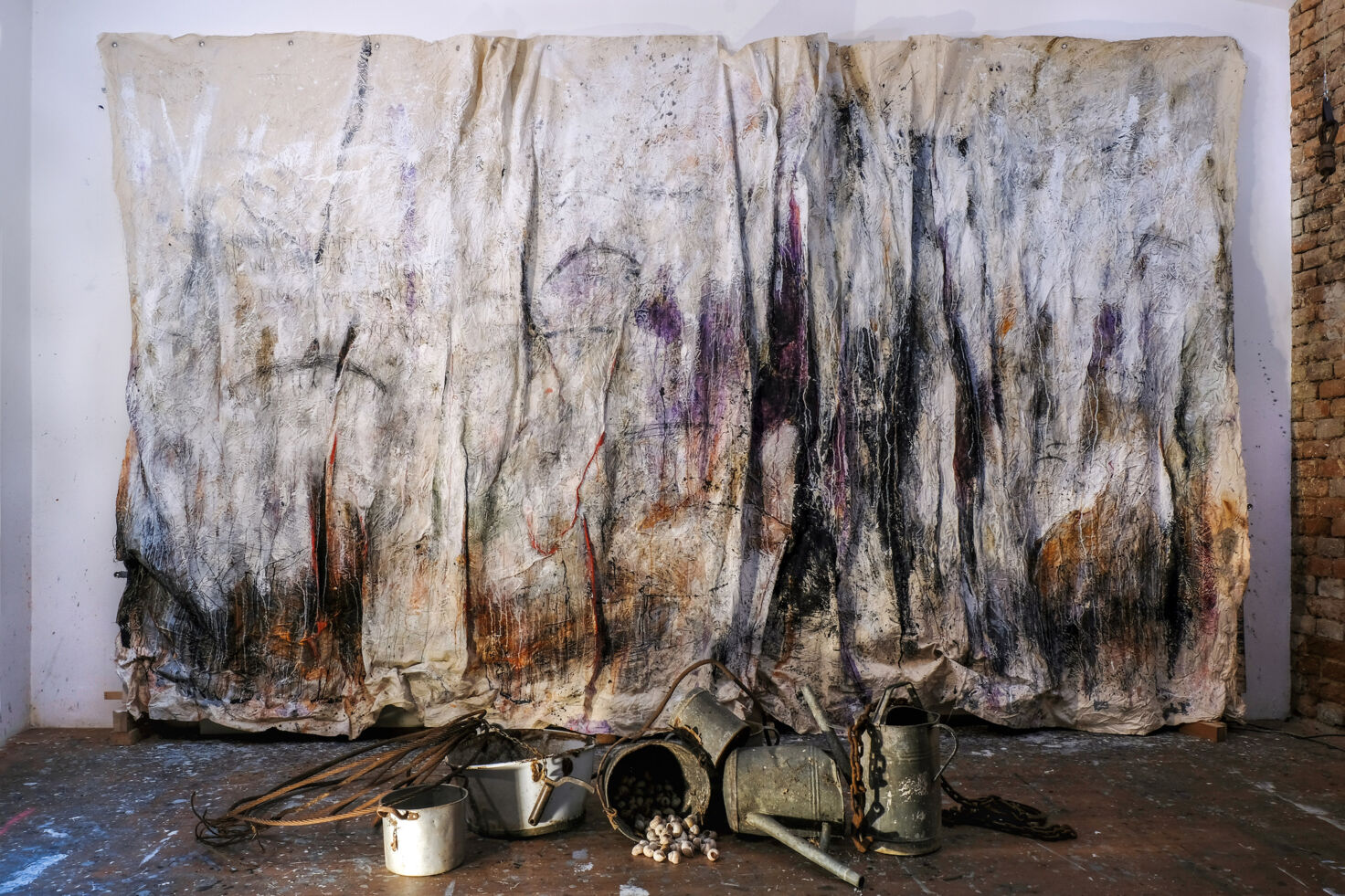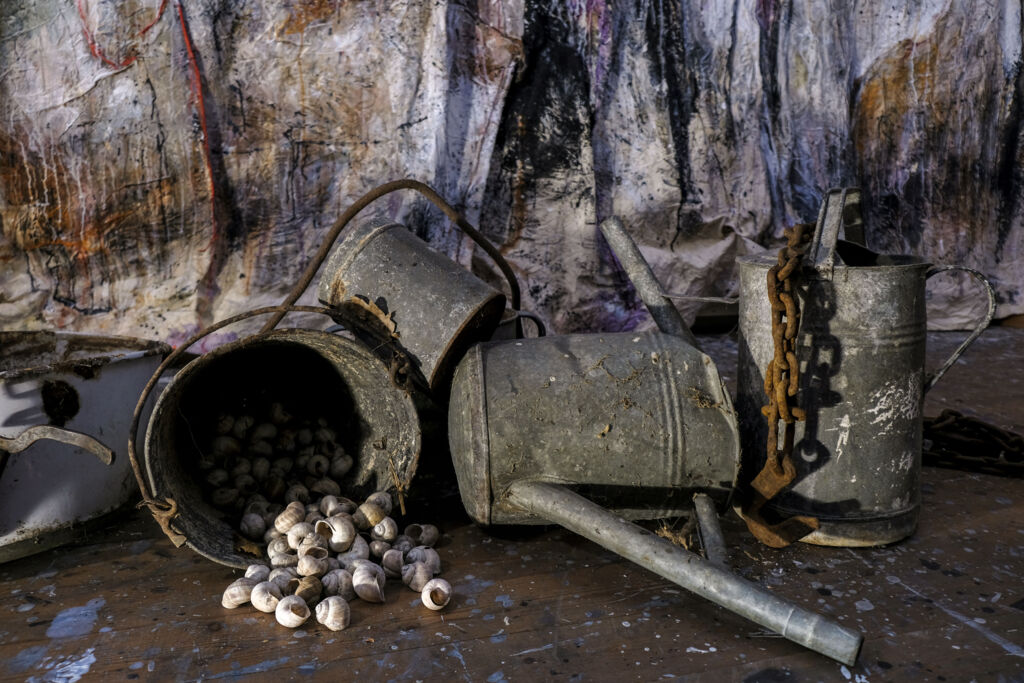
Somewhere Here I Must Have Lived
"The landscapes we have wandered through, we always carry within us." So begins Tomas Tranströmer's "Notes from the Land of the Lap Fever".
When I read this line, I was taken back to my childhood. Memories stirred of paths I explored with my two brothers, of night-time forays through forests. I was once again hunting in the Tyrolean mountains with my father, walking along Irish roads lined with stone walls, spearfishing in the mirror-calm waters around Venetiko, a small Greek island off the Peloponnese. I heard Fabrizio de André's music in my ears and tasted the salt of the sea. I was woken by the chorus of cicadas, unzipped our solitary tent, and looked out over the sea. I stood at Hades, plunging my head into the ice-cold spring water to catch a glimpse of the Greek underworld. And faintly I heard the mighty surf breaking against the Cliffs of Moher. It was an archaic world in which I grew up, shaped by my parents boundless sense of adventure.
"The landscapes we have wandered through, we always carry within us" is an ode to my childhood. It has become a series of large-scale works, where painting and drawing on folded and creased canvas are combined with reclaimed metal objects to form monumental installations. The interaction of painted surfaces and suspended or placed metal pieces creates a space of memory, marked by fleeting moments and the emotions tied to them.
Yet the installation tells a universal story too: of constant change, of disappearance and loss, and the longing that memory awakens. Rusted fragments, vessels, chains, and cables abandoned in forests, meadows, and riverbanks are traces of the transience of human presence. Nature and time transform them, and by retrieving them they gain new meaning.

My work speaks also of a time before environmental destruction and mass tourism left their scars. Greek waters were once rich with fish; rugged coastlines were still untouched. But fishermen traded their nets for sticks of dynamite, houses spread along the coast, and idyllic places fell victim to roads and hotels. They live on only in my memory. Rubbish piled up along roadsides or was thrown into gullies. On beaches, the waves more and more often washed clumps of crude oil ashore. Out at sea we sometimes found ourselves in the middle of floating carpets of waste. The pristine nature my parents wanted to show us was already vanishing.
My father is also an artist, as was his father before him (Anton Christian and Toni Kirchmayr). One day, in 1985 he asked me to paint birds onto one of his pictures. I was ten years old. I remember my hesitation at first, and then the pride of having created something together with him. (Wonder at Birds, 1985)
Now I am a father myself, with two sons. Even though we live in the city, I try to teach them a careful relationship with animals and nature. On our walks we often find things that have been carelessly discarded. We usually collect the plastic and take it away, but when we come across metal, I keep it. Steel cables, hooks, watering cans, wash tubs, cooking pots - objects with stories, sometimes surprising ones - now find their way into my work.
While working on "The landscapes we have wandered through, we always carry within us", my children asked if they could also draw on the large canvas. I said yes. They drew animals. In that moment a circle closed - 35 years in the making. Text: Jakob Kirchmayr
Text: Jakob Kirchmayr